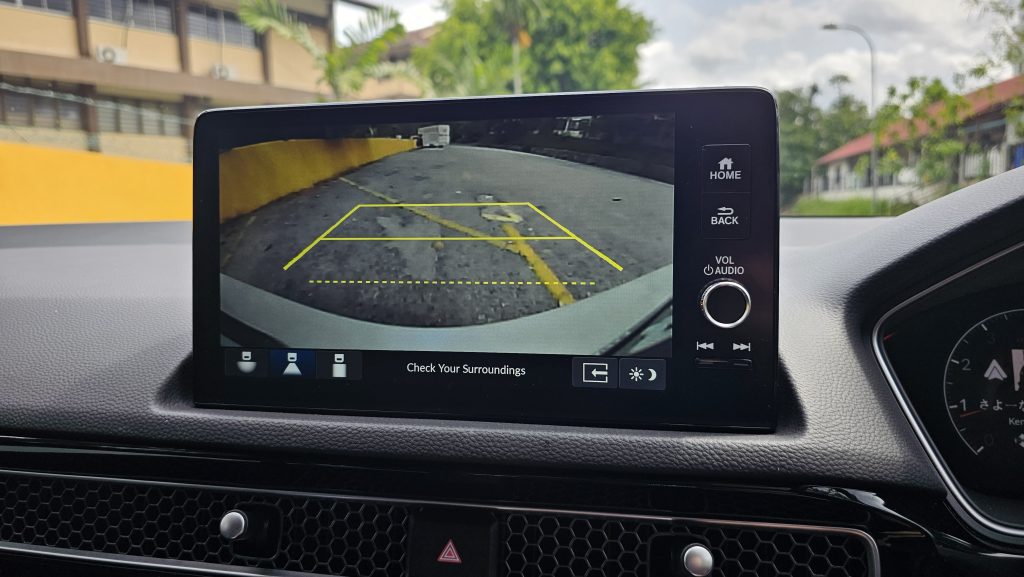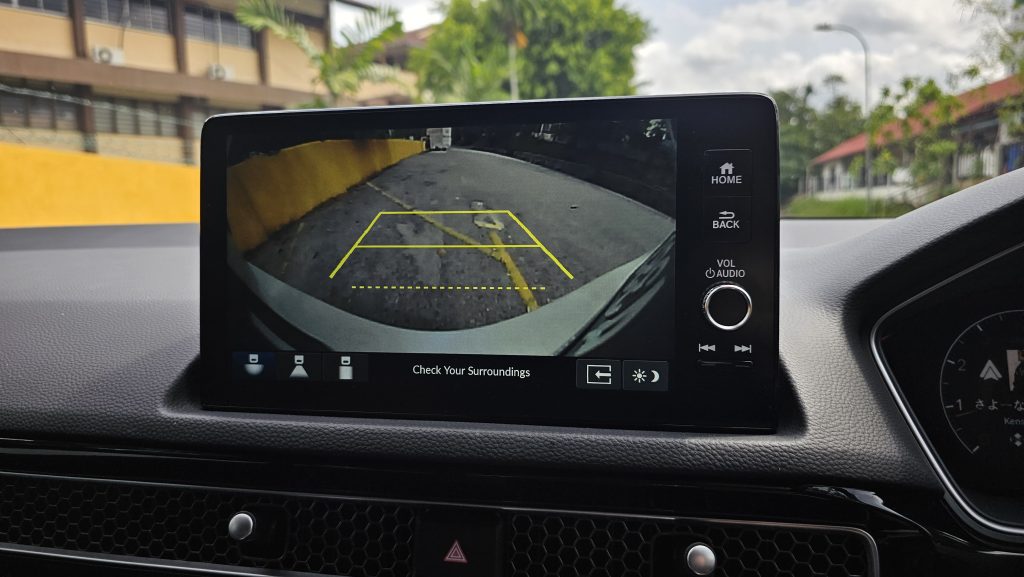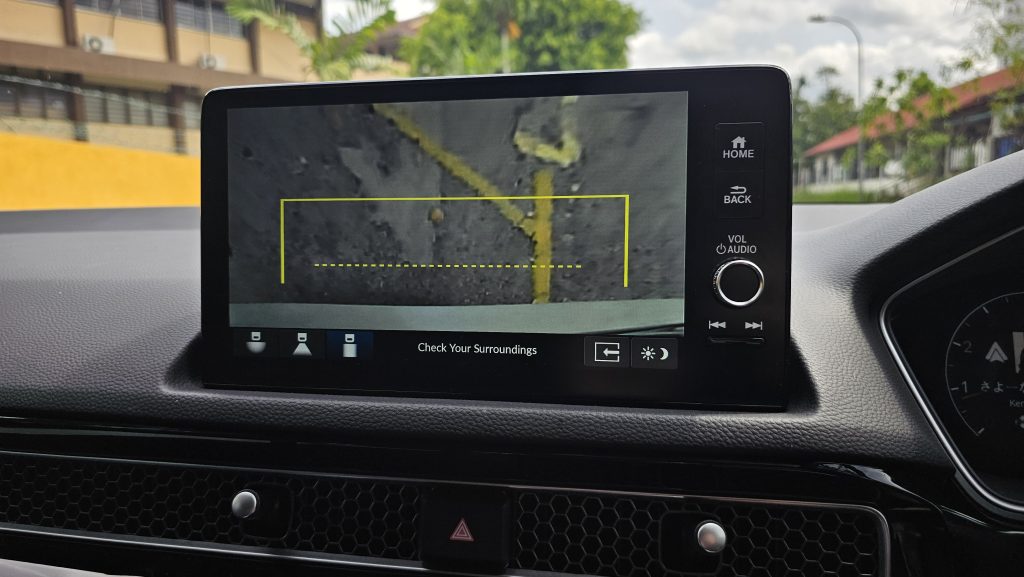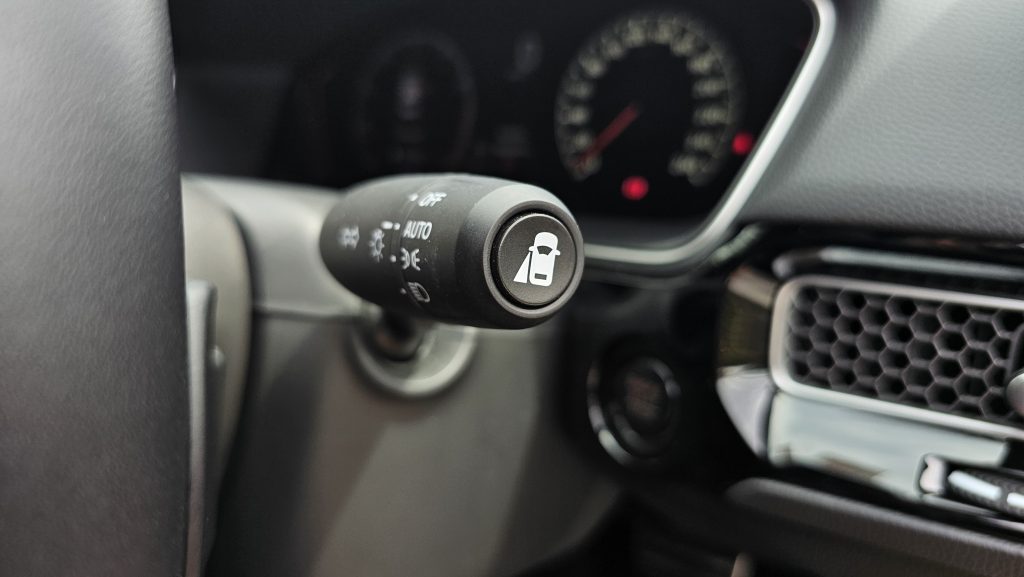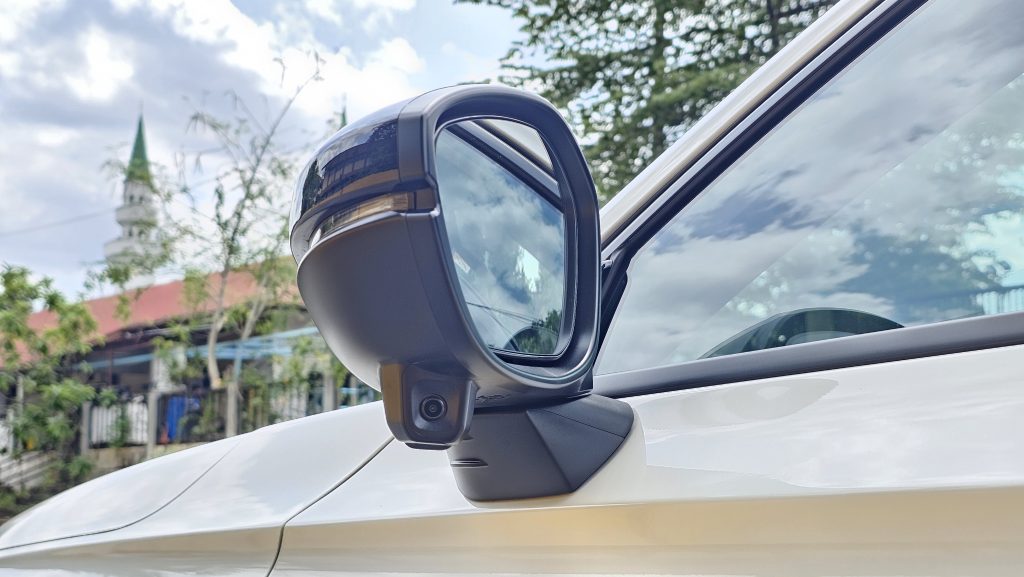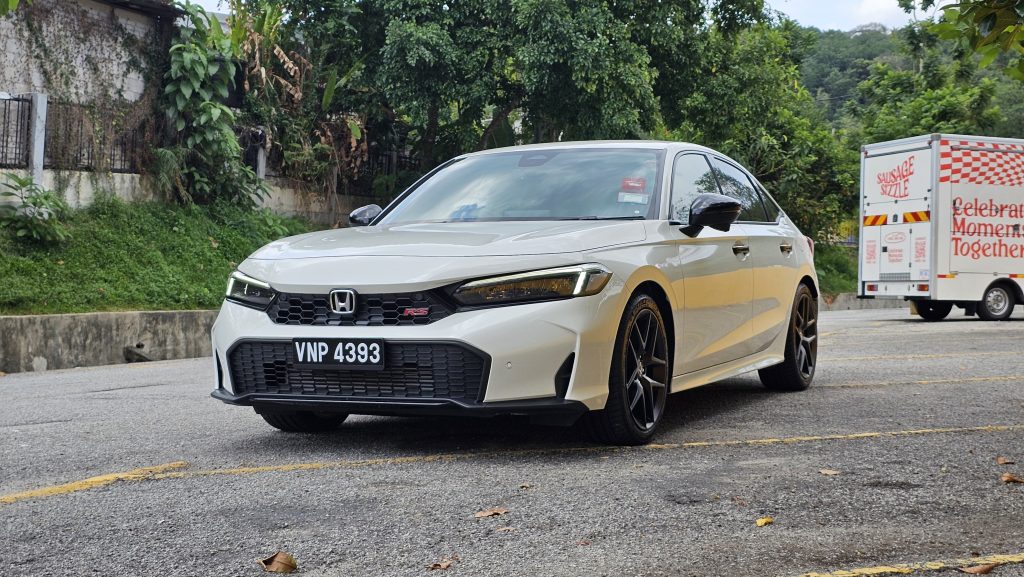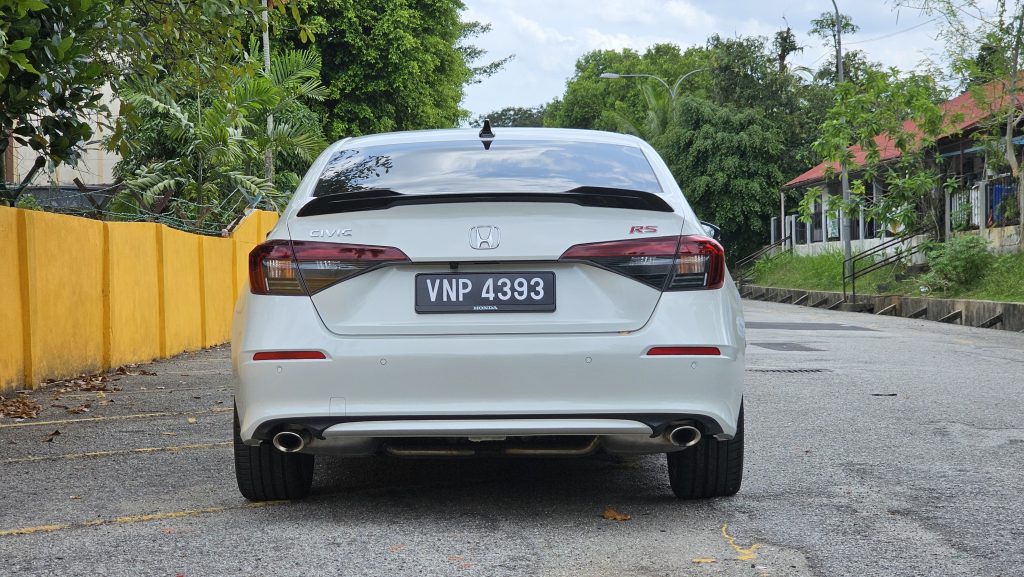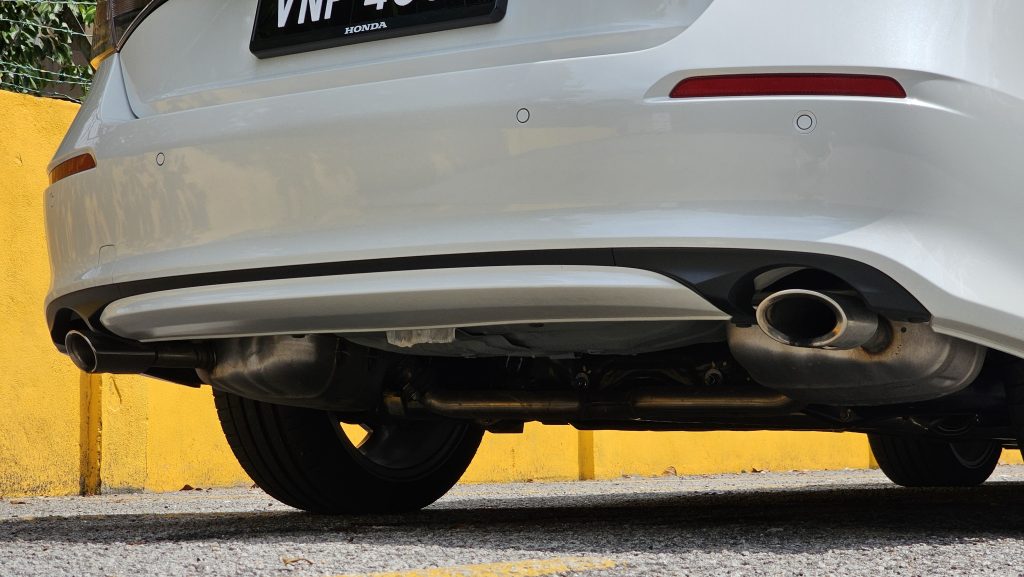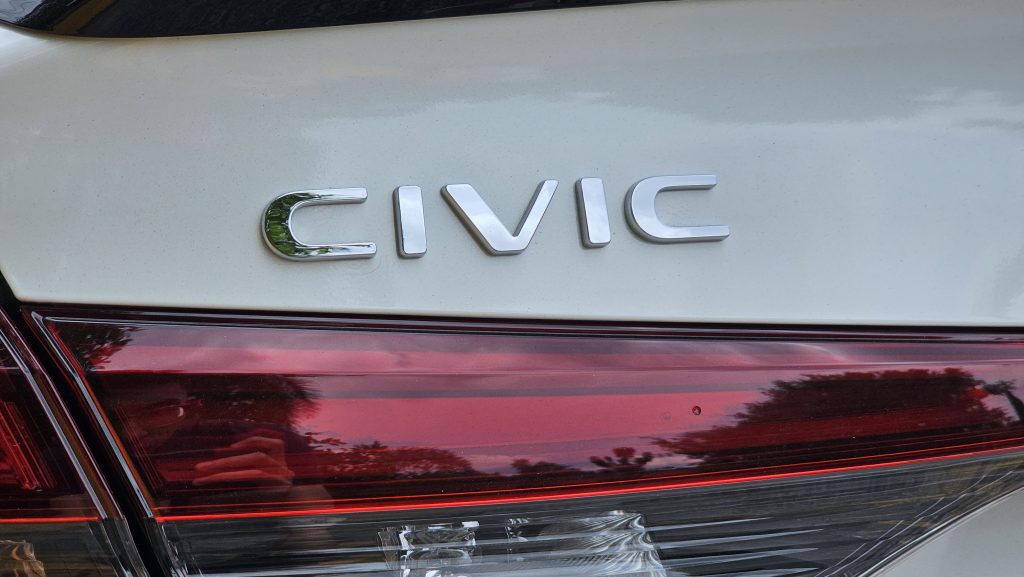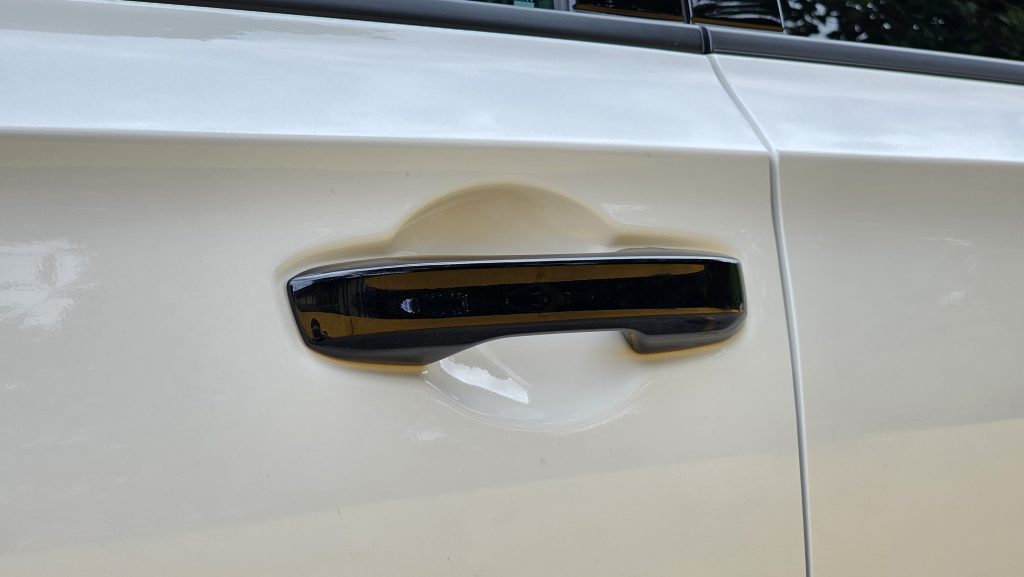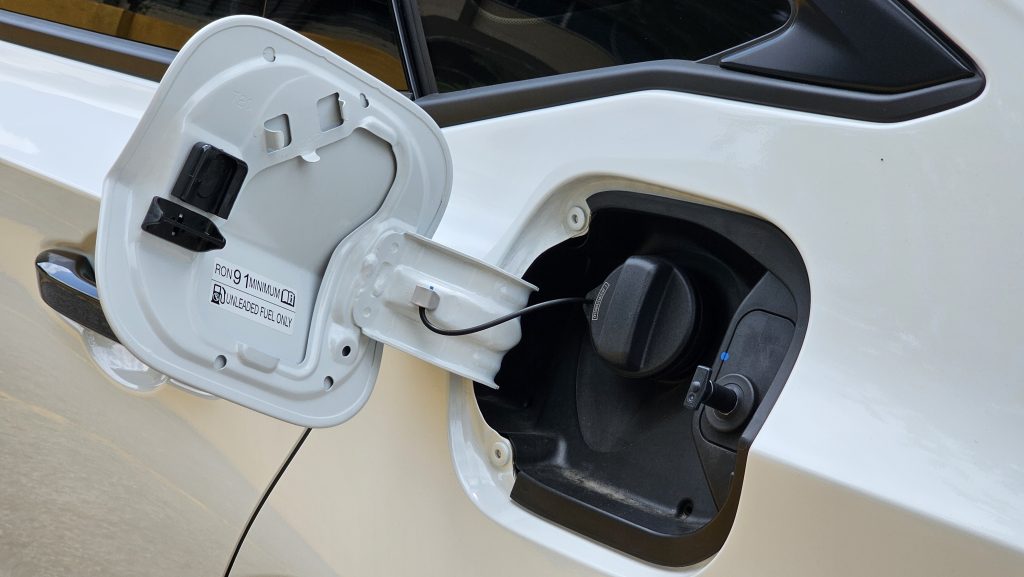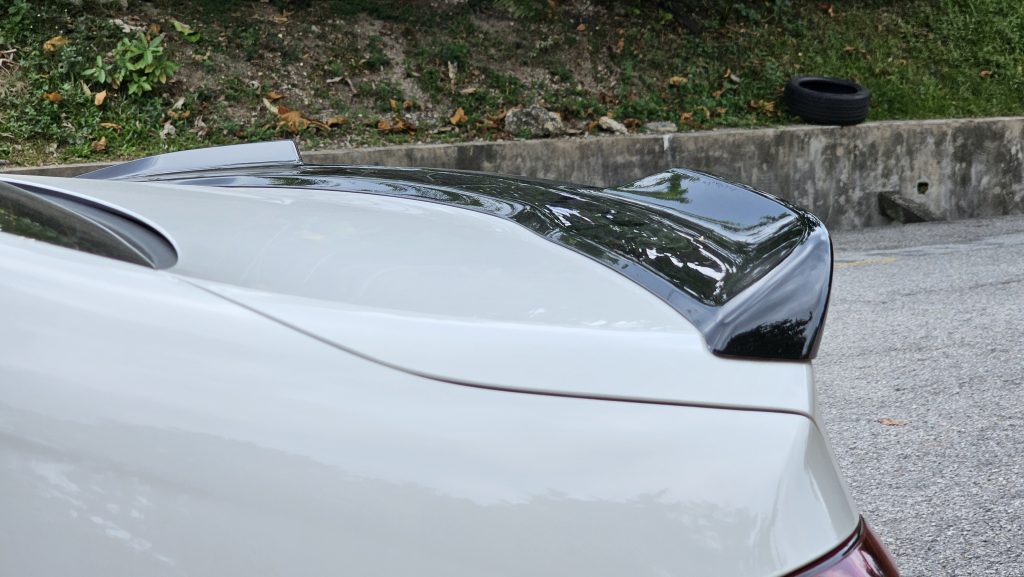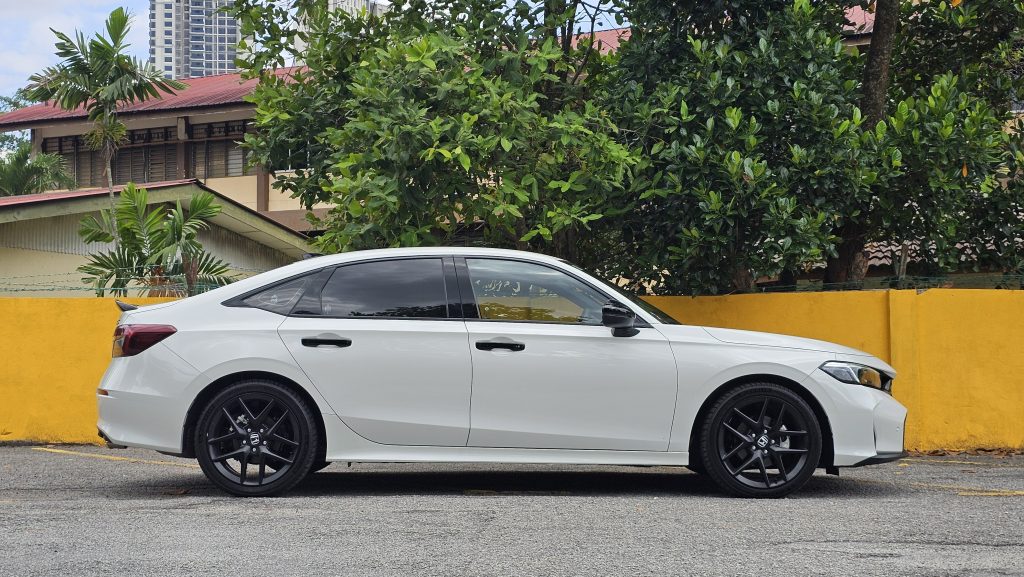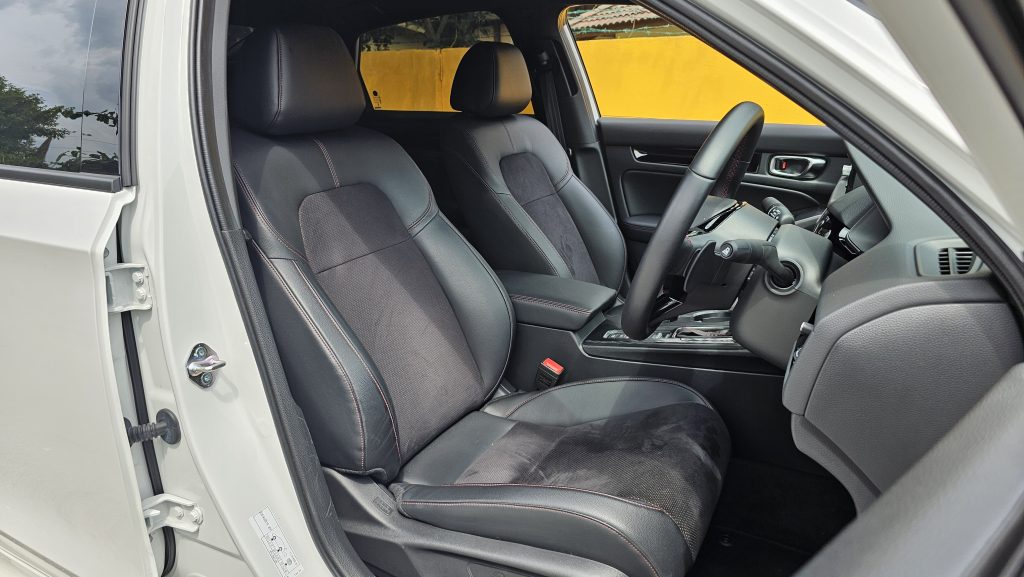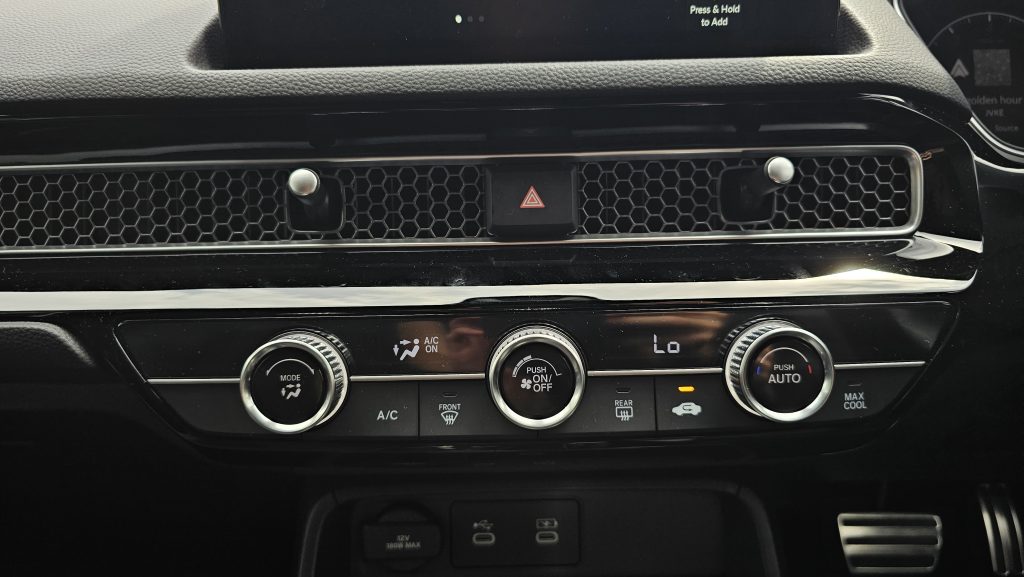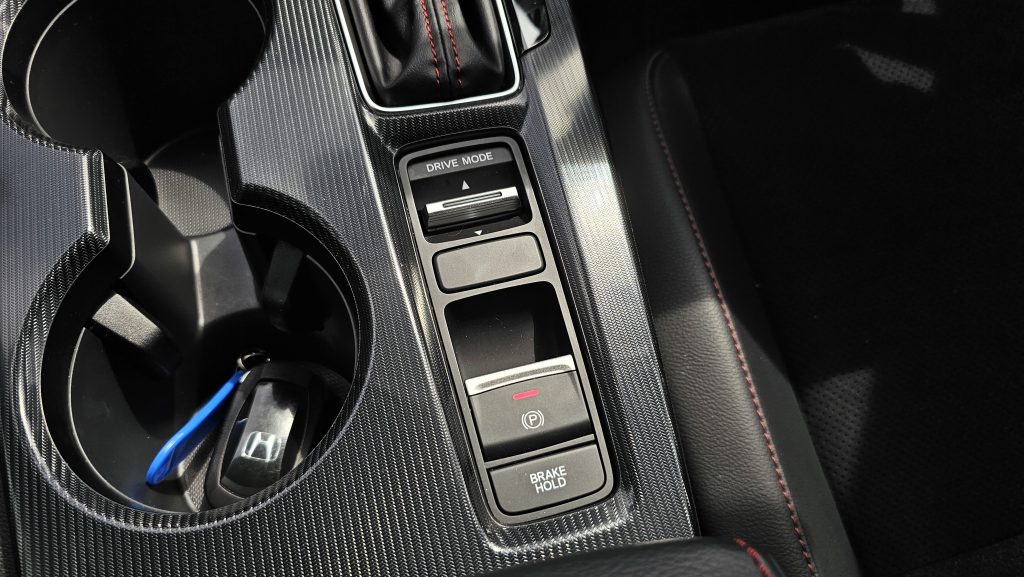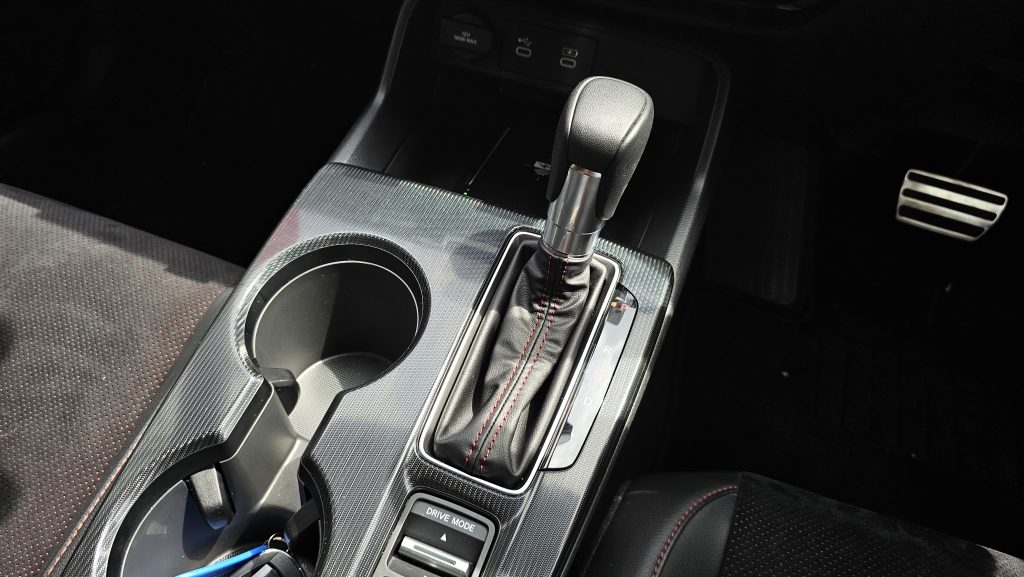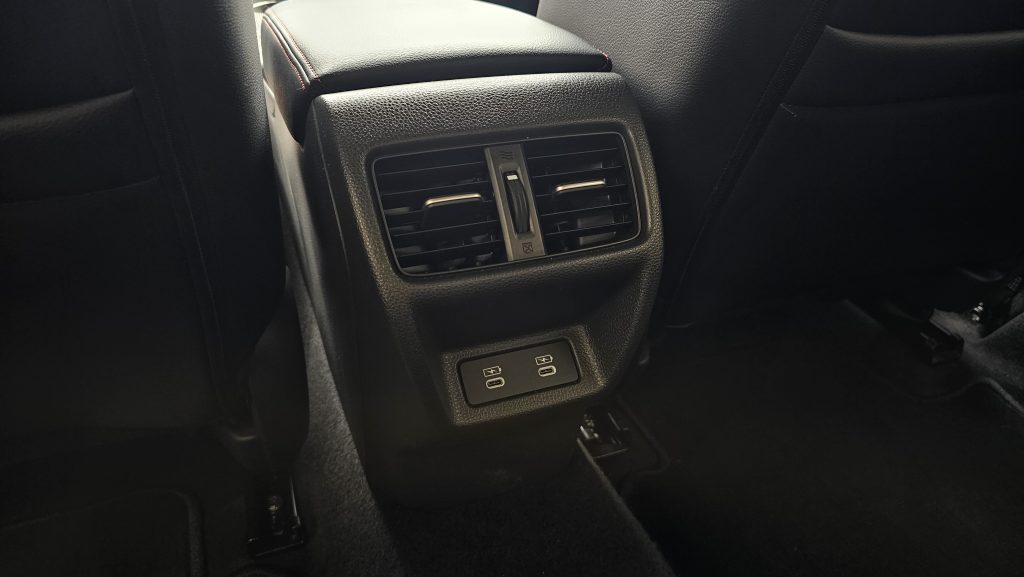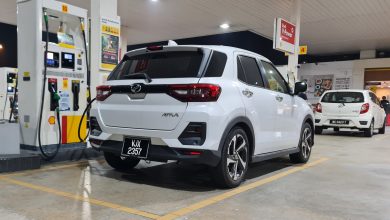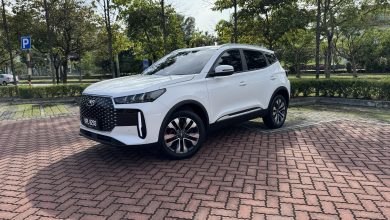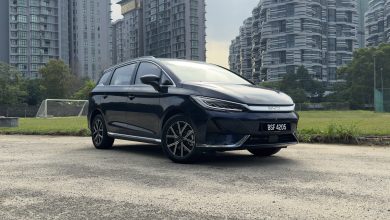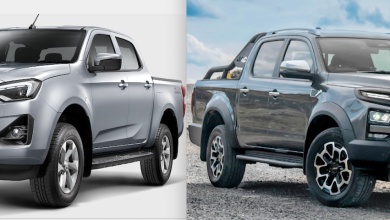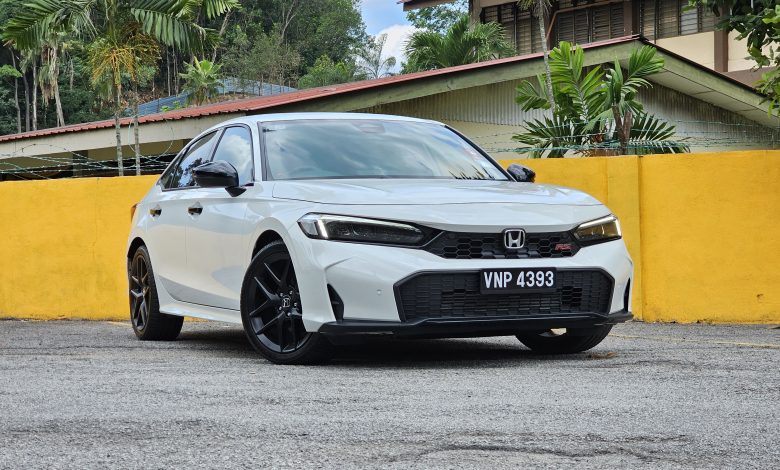
Here are just a few little things that one might just miss out on the newly-facelifted Honda Civic.
While most facelifts tend to introduce only minor changes to an existing car, the one recently bestowed upon the Honda Civic has taken “minor” to a whole new level. In fact, there are really only two “major” changes worth reporting: a blink-and-you’ll-miss-it slightly different face up front, and a slightly improved Google-based infotainment system that now supports wireless smartphone integration.
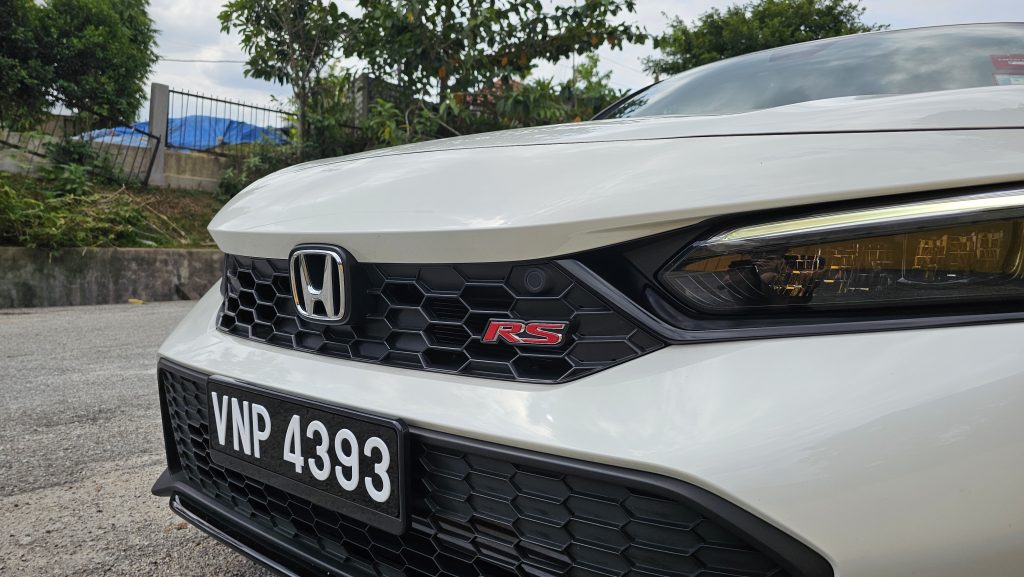
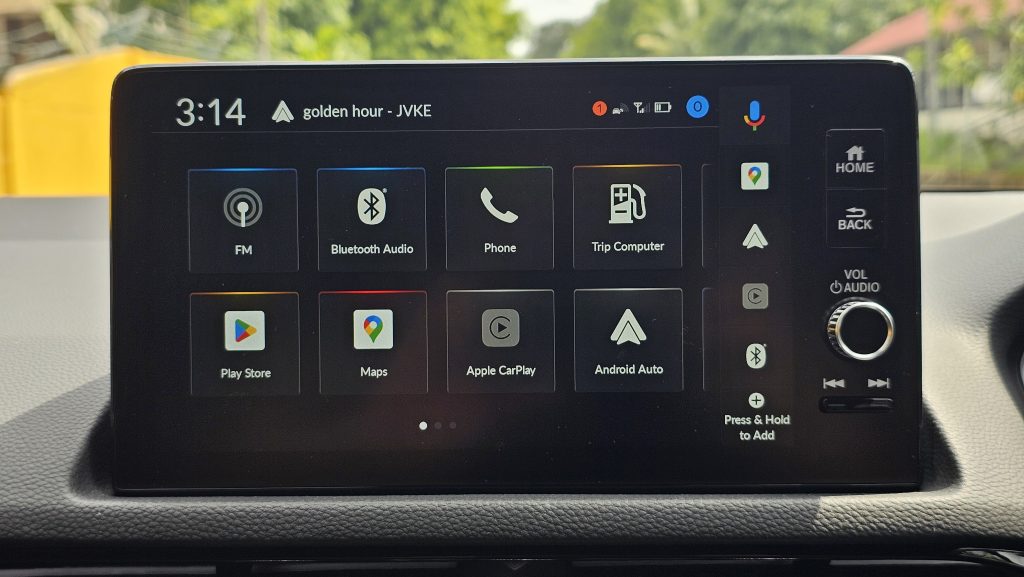
Of course, this does pose a bit of a problem when it comes to reviewing it, as the write-up for this facelifted Civic could pretty much be a copy-and-paste of the pre-facelift piece. To clear up any misunderstanding right from the start though, this still means the Civic remains a rather good car for what it is.
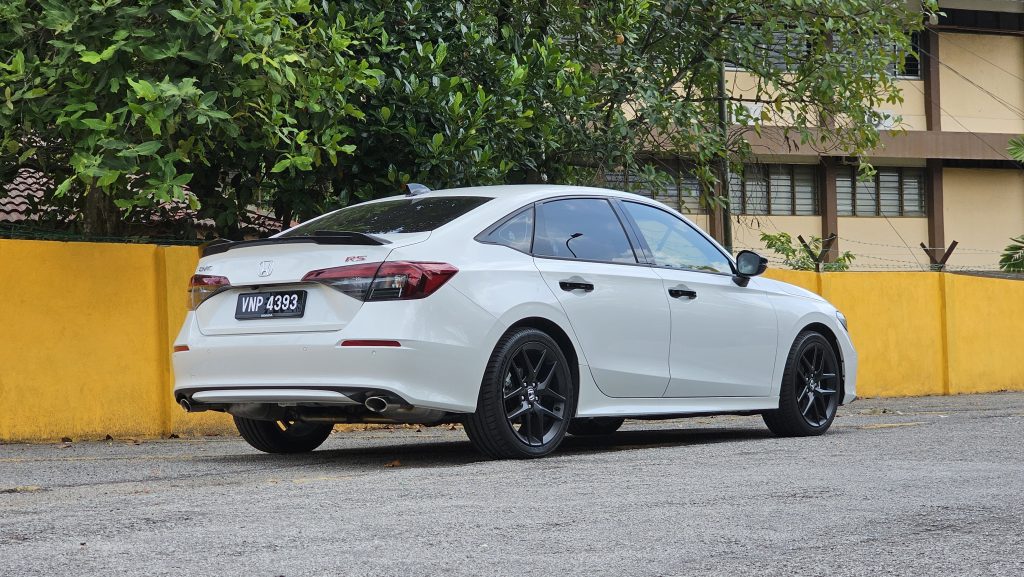
But rather than write largely the same review twice, this writer decided to take a slightly different approach — offering up 12 more mundane observations about the Civic 1.5L RS, after spending a full weekend with it.
1. When connected to the now-wireless Android Auto, Waze directions only come out of the driver’s side speakers. Not too disruptive for other passengers.
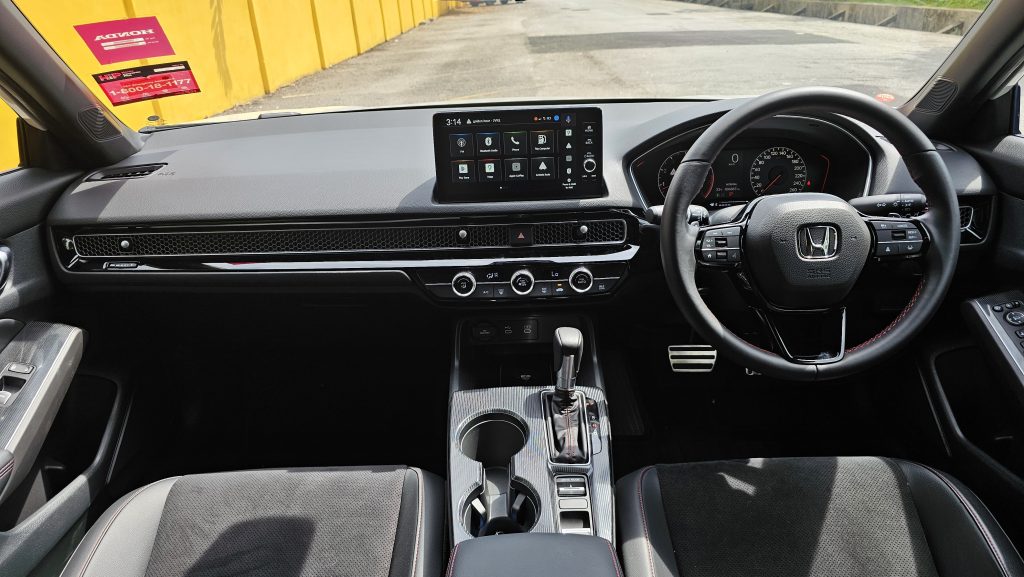
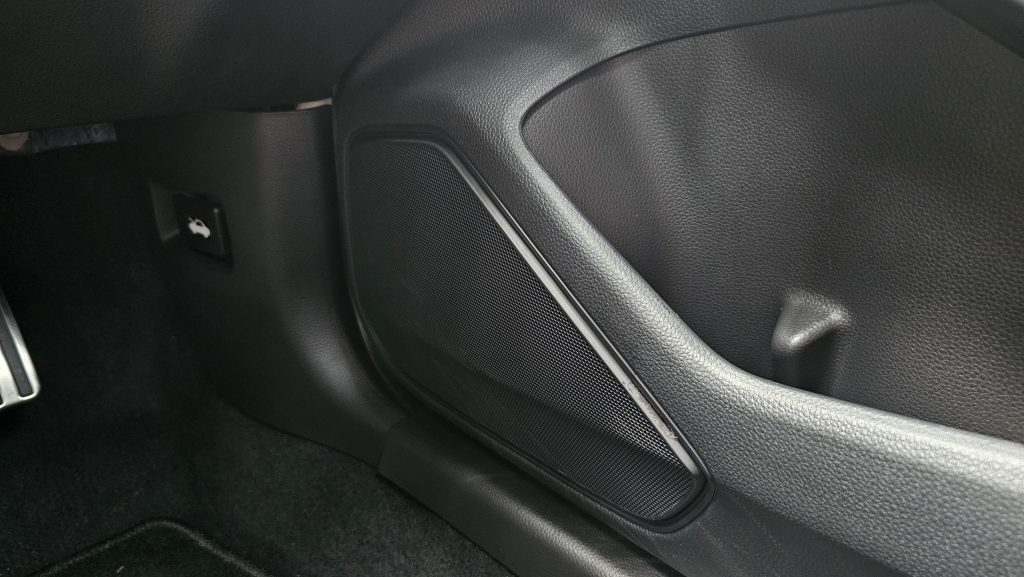
2. When the Audio submenu is selected in the (partially) digital dash, the album art for the current song is duplicated as the background of the album art itself, which is actually quite a cool execution.
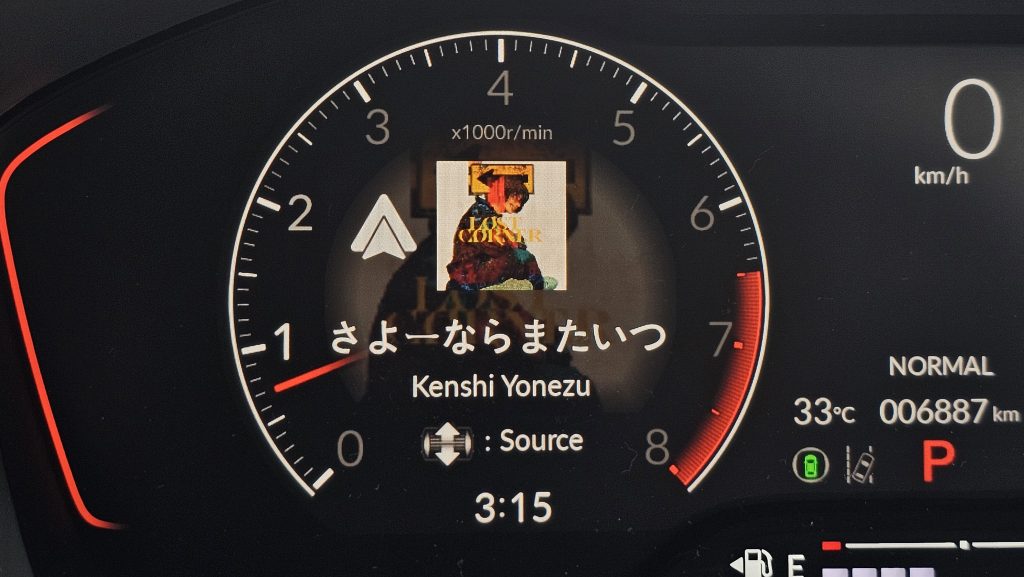
3. The Civic has one of the few wireless charging pads with its own dedicated power switch to turn it on or off, a practical touch that converts the wireless charging pad into a regular tray when needed.
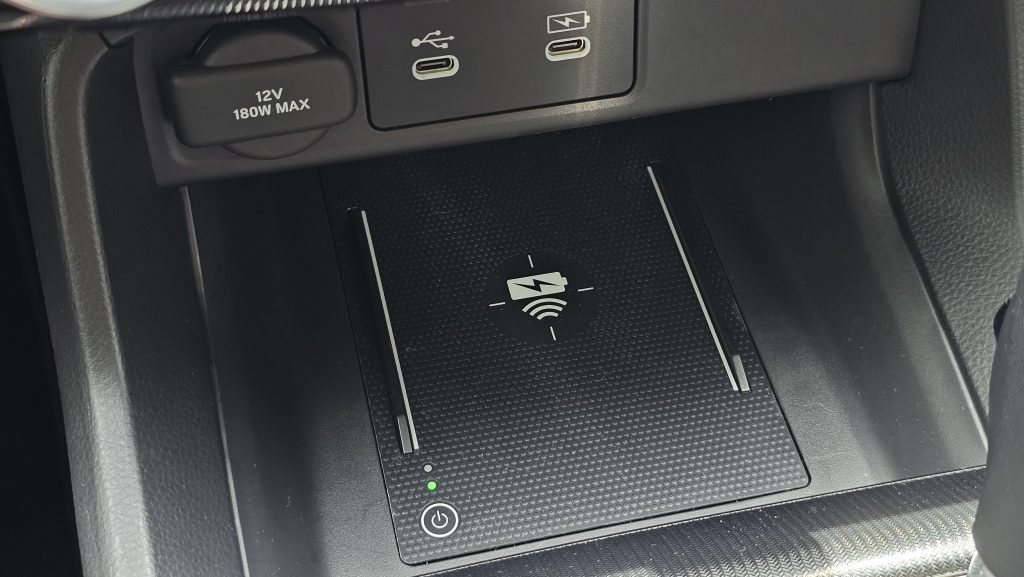
4. Less practical in the Civic is its fuel gauge, which is a horizontal bar right at the bottom of the instrument cluster. Depending on the steering wheel height, it could potentially be obscured from the driver’s view.
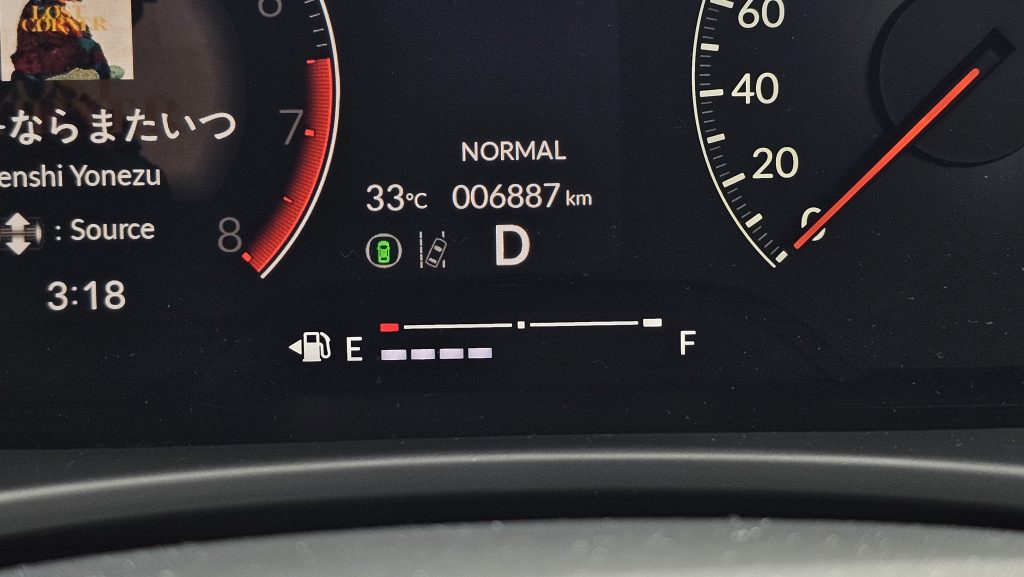
5. In an interesting move, Honda has installed white lights for the cabin, but yellow ones for the vanity mirrors. The latter also comes on automatically whenever the cover is flipped open, regardless of whether the headlights are on.
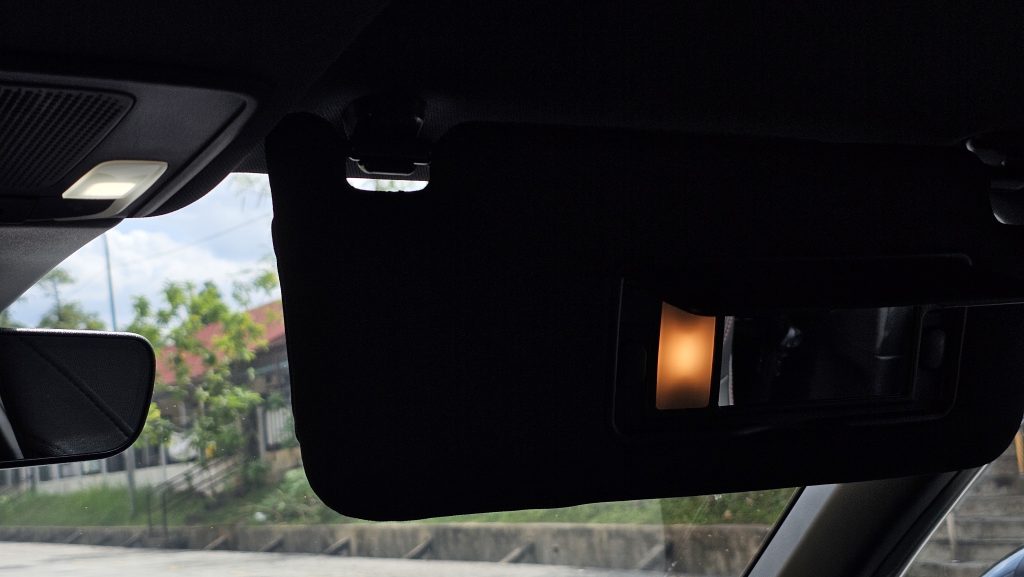
6. The Civic’s front passenger door has an individual door lock on the handle, but also features a button right above the window switch that can lock or unlock all doors.
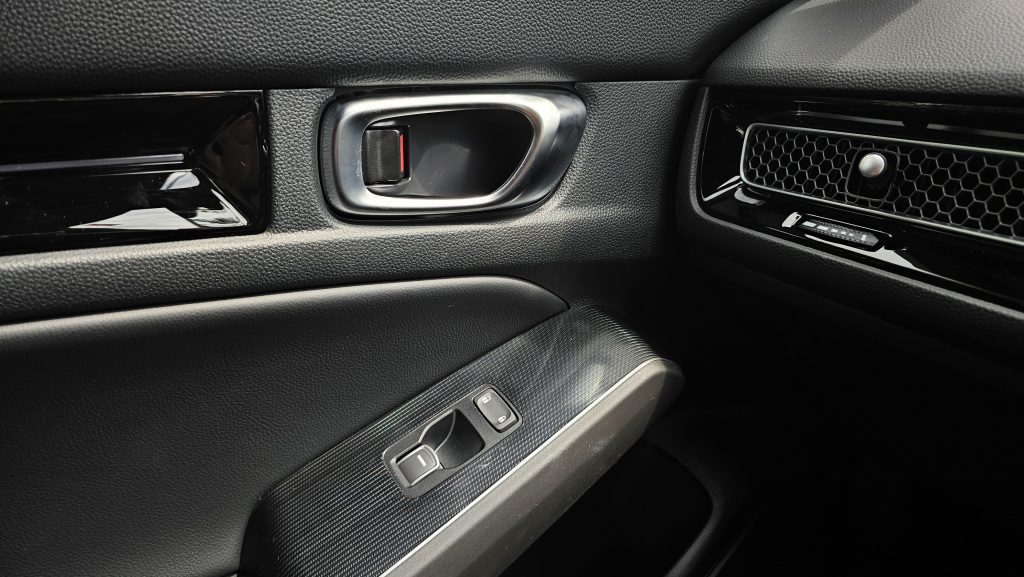
7. Befitting its mid-sized sedan status, the Civic has a rear armrest… but it has no stop, so it simply flops down onto the central seat.
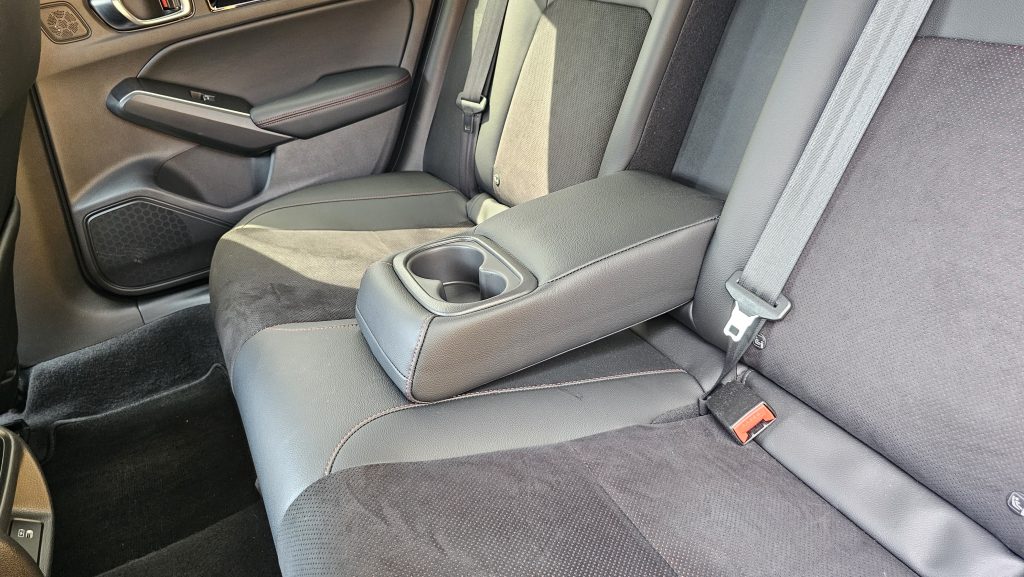
8. The two cupholders inset within the aforementioned rear armrest are not quite identical, with one just ever-so-slightly smaller than the other.
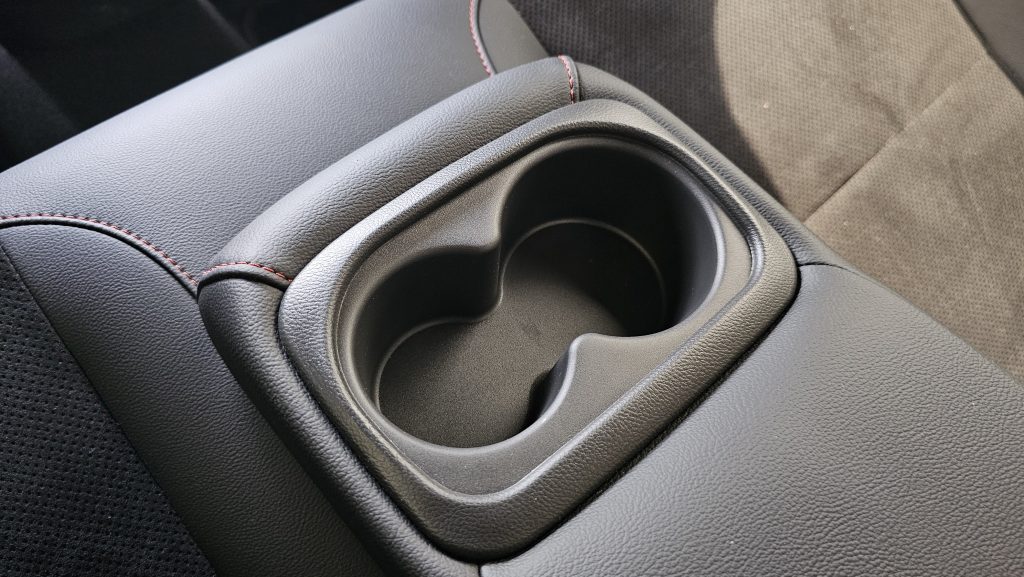
9. Despite this facelift introducing an upgraded infotainment screen, Honda hasn’t improved the quality of the reverse camera. The resolution is still unforgivably low for this segment, though it is somewhat redeemed by having three viewing angles.
10. The Civic’s Honda SENSING ADAS suite includes both adaptive cruise control (with low-speed follow) and lane keep assist, and a neat touch is that lane keep assist can be activated individually on the steering wheel without engaging adaptive cruise.
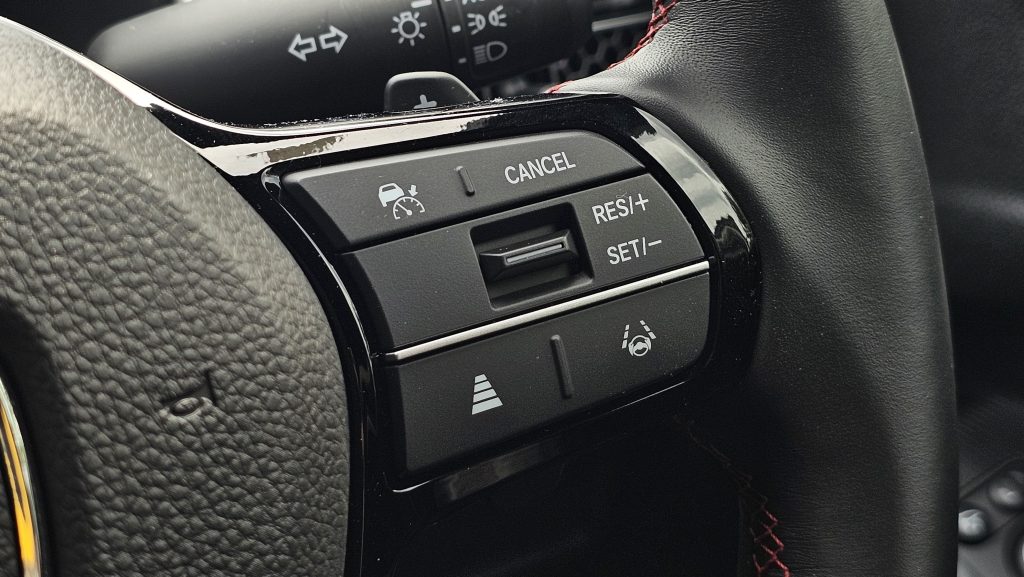
11. While Honda’s LaneWatch is a nice feature, its side view camera quality leaves much to be desired (just like the reverse camera). It would also be nicer if LaneWatch was available for both sides (à la Hyundai), because blind spots do technically exist on the driver’s side too.
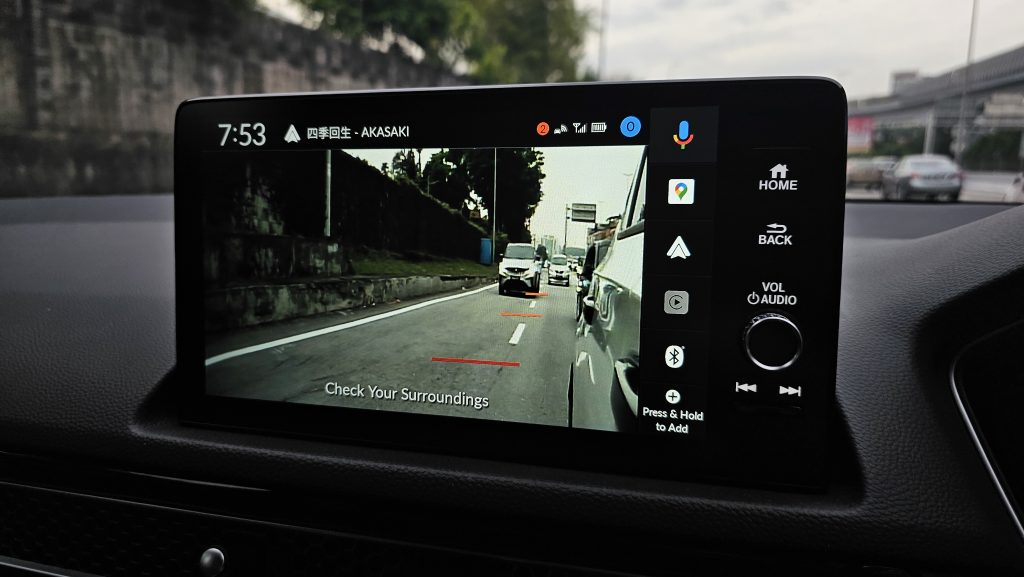
12. The Civic’s windscreen washer sprays from the wiper blade itself, which technically offers a more effective clean and eliminates the mildly unsightly nubs on the bonnet.
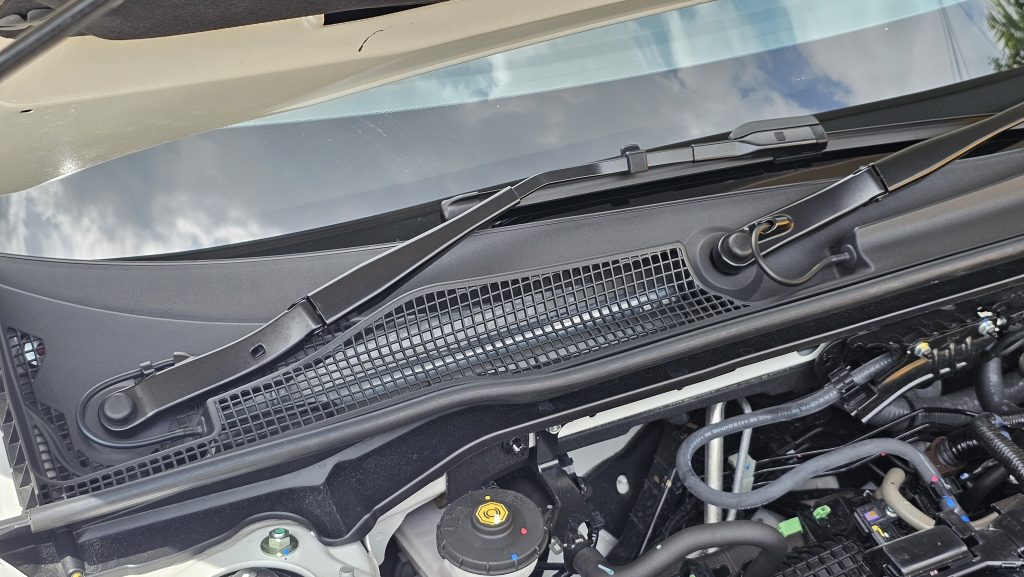
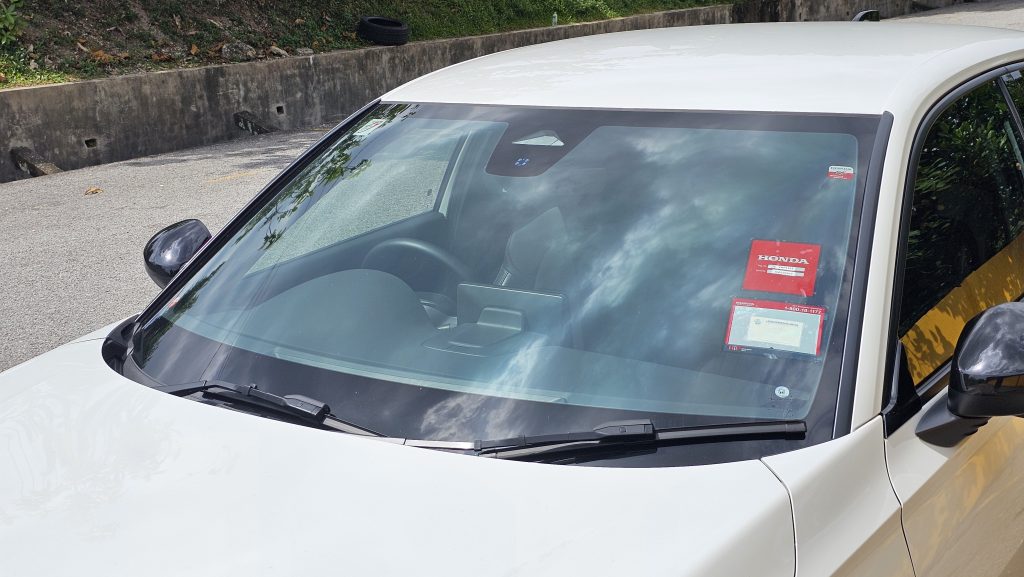
3 More Assorted Musings While On the Road with the Civic
And while those little quirks are fun to note, this writer also actually has a bit to say on how this Civic was like on the road. But instead of offering a full-blown driving review, here are 3 on-road impressions that stood out the most:
- The turbocharged 1.5-litre four-pot under the Civic’s hood actually has some serious poke, feeling rather effortless in getting this somewhat large car up to speed. Unfortunately, much of that dynamism is dulled by the CVT, which holds the engine at one rpm and robs it any serious punch that a conventional transmission might help better deliver.
- The ride in the Civic is on the firmer side, and tyre roar from the standard Michelin PS4s is pronounced. This might be perfect for the boy racer who equates harshness with sportiness, but less so for a family car that may have to ferry older passengers with bad backs.
- Despite not being the tiny two-door hatchback it once was 11 generations ago, the Civic’s direct steering still gives it an air of agility and dartiness. That said, its turning circle is larger than one might expect, and the steering is just a touch too light to truly inspire confidence when flinging it into a corner.
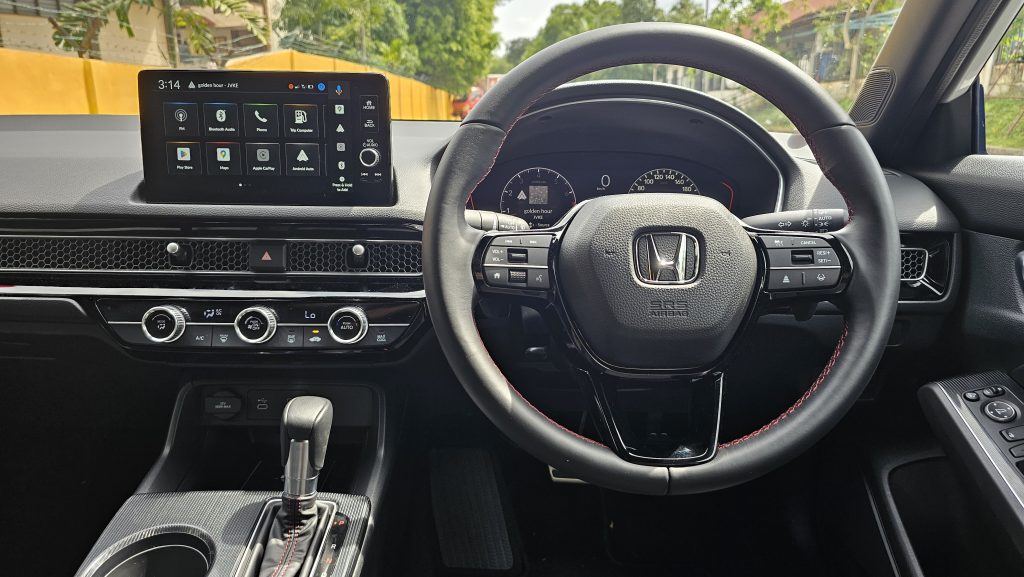
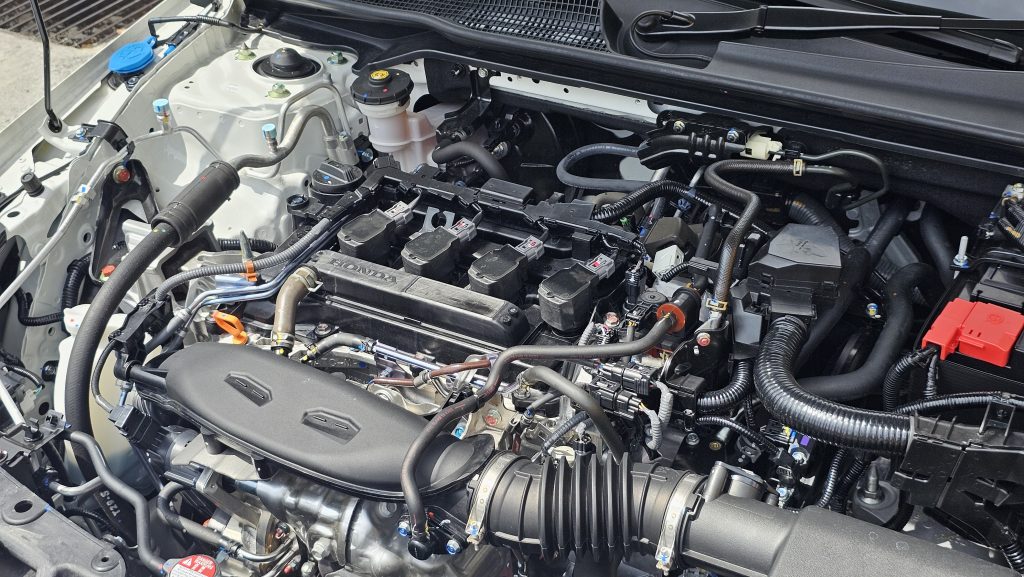
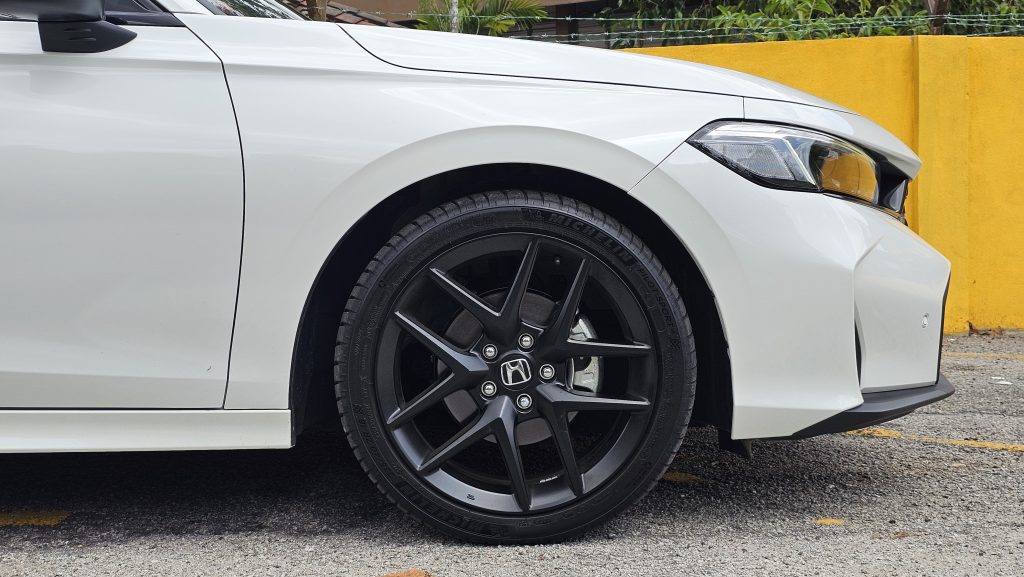
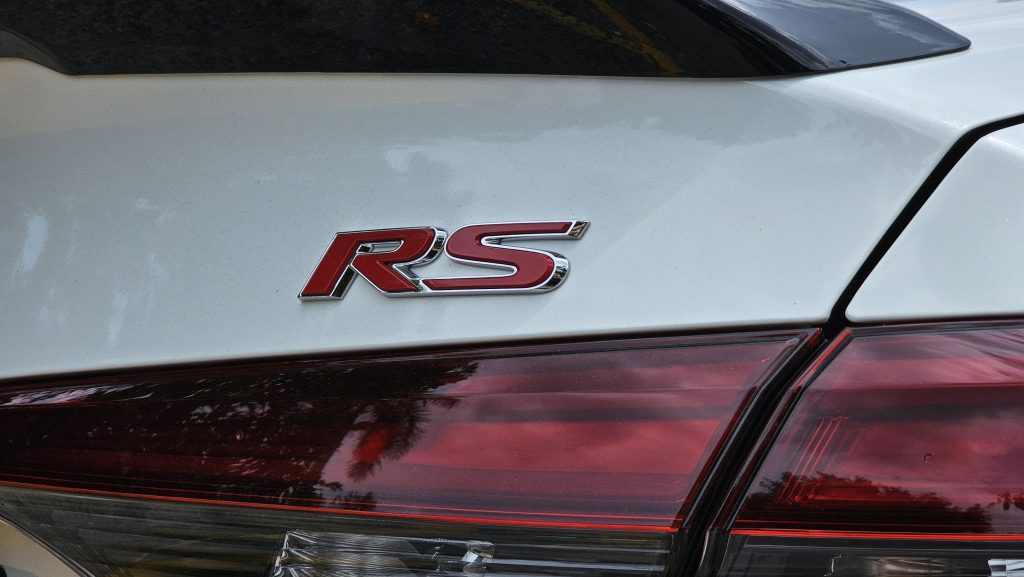
Honda Civic 1.5L RS Technical Specifications
Engine: 4 Cylinder, 16 Valve, DOHC VTEC Turbo
Capacity: 1,498 cc
Gearbox: Continuous Variable Transmission (CVT)
Max Power: 182 PS @ 6,000 rpm
Max Torque: 240 Nm @ 1,700 – 4,500 rpm
Top Speed: 200 km/h
0-100 km/h: 8.5 seconds
Fuel Consumption: 6.3 L/100 km
Price: RM 149,900

